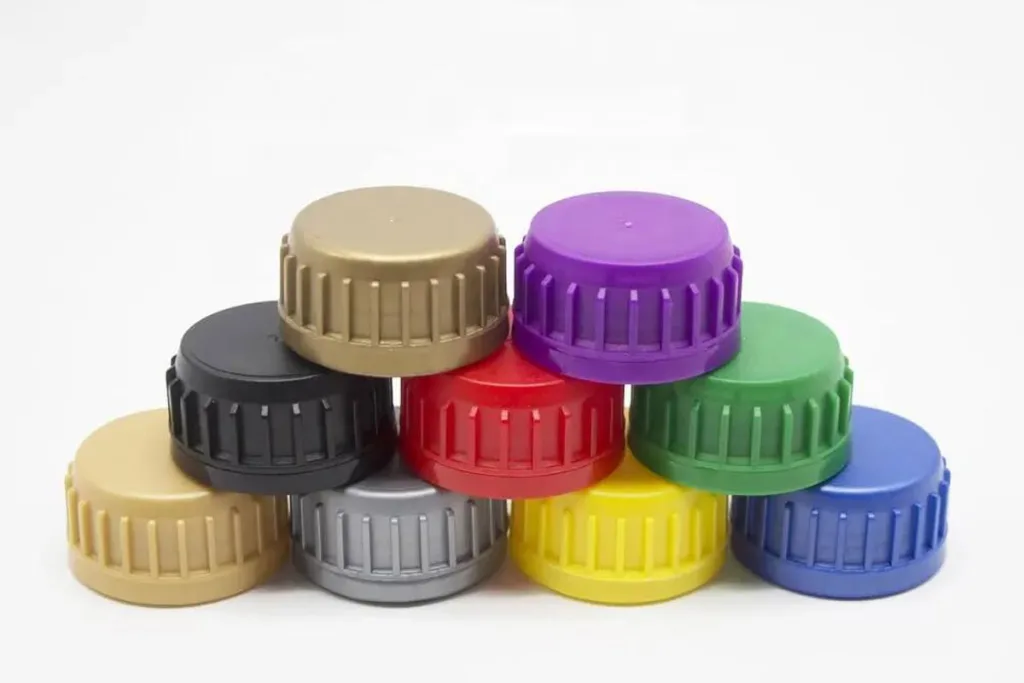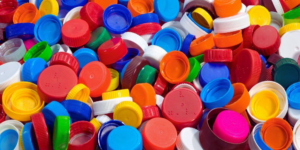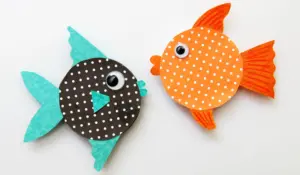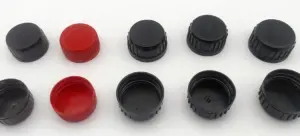The field of chemical plastic closure involves the design, development, and manufacturing of various types of plastic caps, lids, and closures used for sealing containers, bottles, and other packaging in a wide range of industries. These closures are made from various types of plastic materials and are essential for preserving the contents, preventing leakage, and ensuring the safety and quality of the products they enclose.


Types of Plastic Closures:
Screw Caps: These are perhaps the most common type of plastic closures. They are designed to be easily screwed onto the neck of a bottle or container to form a tight and secure seal. They are used for a wide range of products, including beverages, pharmaceuticals, and personal care items.
Snap-on Caps: These closures are designed to snap into place when pushed onto the neck of a container. They are commonly used for items such as food packaging and cosmetic products.
Dispensing Caps: Dispensing closures come in various designs, including flip-top caps, pump dispensers, and spray caps. These are widely used for dispensing liquids, gels, and creams, such as in the case of shampoo bottles or ketchup containers.
Child-Resistant Closures: These closures are designed to be difficult for children to open, ensuring that potentially hazardous products like medications or cleaning supplies are not easily accessible to young children.
Tamper-Evident Closures: Tamper-evident closures are equipped with features that indicate if the packaging has been tampered with. These are crucial for ensuring product safety, especially for food and pharmaceutical items.
Pressure Relief Closures: These are used in containers that may contain gases or liquids under pressure, such as carbonated beverages. They allow excess pressure to escape while maintaining an airtight seal.
Plastic closure materials
Plastic closures can be made from various types of plastic materials, including:
Polyethylene (PE): PE is commonly used for snap-on caps and closures. It’s known for its flexibility and resistance to moisture.
Polypropylene (PP): PP is a versatile material used for various types of closures, including screw caps. It offers excellent chemical resistance and is often used for pharmaceutical and chemical containers.
Polyethylene Terephthalate (PET): PET is used for beverage and food containers. It’s lightweight, durable, and provides a good barrier against oxygen.
Polyvinyl Chloride (PVC): PVC is used for caps with excellent sealing properties. It’s often found in the pharmaceutical industry.
Polystyrene (PS): PS is used for tamper-evident and child-resistant closures. It offers good clarity and is easy to mold.
Manufacturing Process:
The production of plastic closures involves processes like injection molding or compression molding, depending on the type of closure. Injection molding is the most common method, where melted plastic is injected into a mold cavity and then cooled to solidify into the desired shape.
Innovation and Sustainability:
The field of chemical plastic closures is continuously evolving. Innovations focus on creating closures that are more user-friendly, sustainable, and environmentally responsible. For example, lightweight closures, recycled materials, and designs that reduce plastic waste are areas of ongoing research and development.




